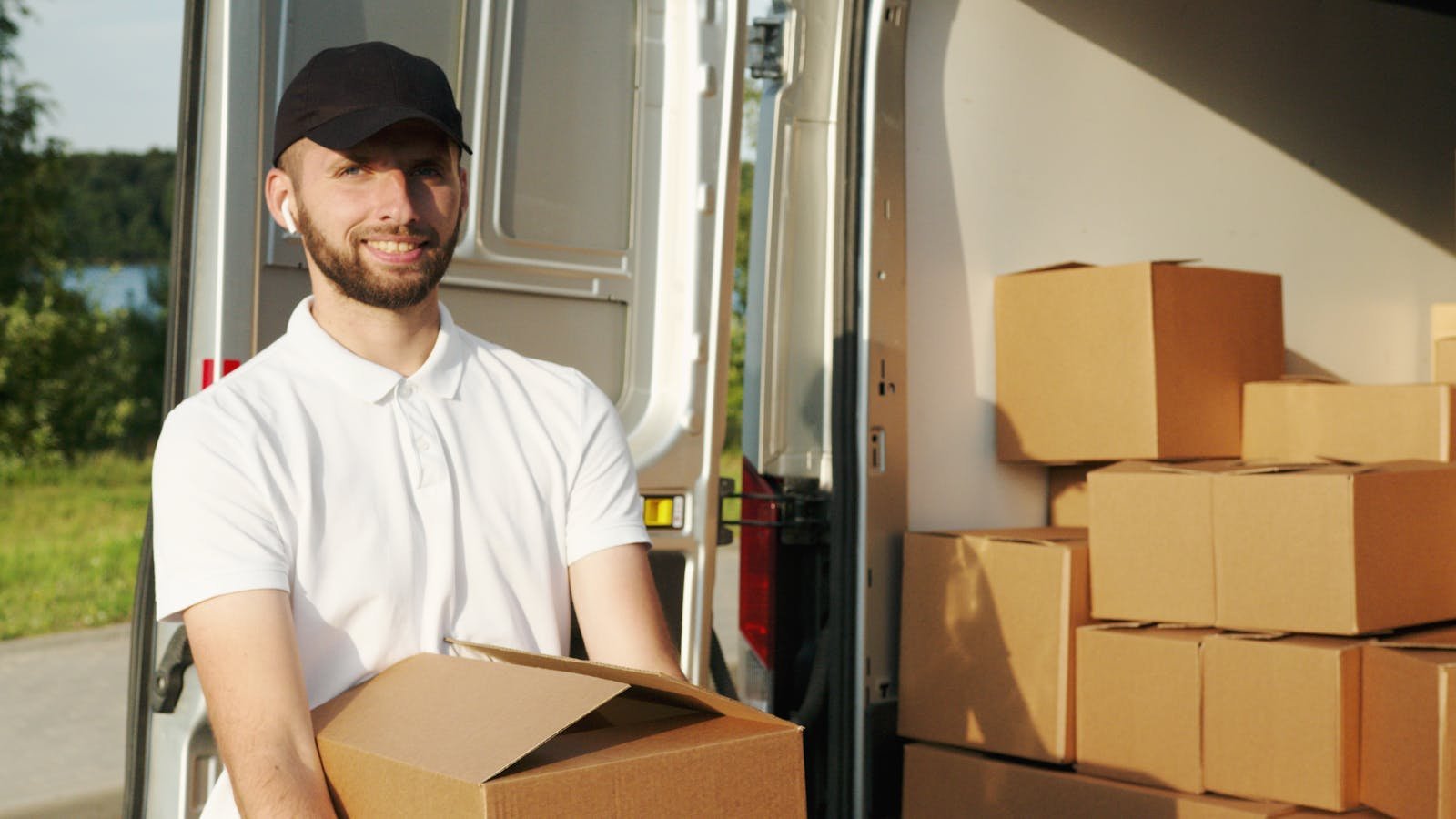Avoiding Delays in Final Mile Logistics
Picture this: a customer eagerly waits for their package, checking the tracking app every hour. It’s marked “out for delivery”—but then… nothing. Hours turn into days. Frustration builds. Sound familiar?
That’s the reality of final mile delivery delays, and it’s one of the biggest pain points in modern logistics. With rising consumer expectations (thanks, Amazon), the pressure is on. But while last-mile logistics is notoriously complex, avoiding delays isn’t impossible. It just requires the right mix of planning, technology, and strategy.
So, how do you actually avoid those dreaded final mile hiccups? Let’s dig in.
Why Final Mile Logistics Is So Challenging
Final mile delivery—or “last mile logistics”—refers to the final leg of the shipping journey, when a product goes from a distribution hub to the customer’s doorstep. It’s often the shortest physical distance, but the most expensive and time-consuming part of the process.
Here’s why it’s so tricky:
- Urban congestion: Traffic, road closures, and parking challenges can throw off even the best delivery schedules.
- Unpredictable variables: Bad weather, customer unavailability, or incorrect addresses.
- Customer expectations: Same-day or next-day delivery is now the norm, not the exception.
- High volume: With the e-commerce boom, logistics companies are handling more deliveries than ever.
According to a recent McKinsey report, last-mile delivery accounts for more than 50% of total shipping costs. That means inefficiencies here don’t just frustrate customers—they hit your bottom line.
Strategies to Avoid Delays in Final Mile Logistics
The good news? There are proven strategies to help logistics teams stay one step ahead of delays.
1. Leverage Real-Time Tracking and Visibility
Customers want to know where their packages are—and so do you. Investing in GPS-enabled tracking tools and real-time updates can:
- Help drivers reroute around traffic or weather disruptions
- Alert customers of potential delays in advance
- Reduce missed deliveries due to customer unavailability
Tools like Project44 and FourKites are leading the way in real-time supply chain visibility.
2. Optimize Route Planning with AI
Smart route optimization software uses AI and machine learning to create the most efficient delivery paths. These tools consider:
- Live traffic data
- Delivery time windows
- Driver availability
- Vehicle capacity
Companies using AI-powered route optimization report a 15–25% increase in efficiency, according to Forbes.
3. Improve Address Accuracy and Data Hygiene
A surprising number of delivery delays come down to bad data: wrong addresses, missing unit numbers, or outdated contact info.
Here’s how to clean it up:
- Implement address validation at checkout
- Allow customers to update delivery preferences post-purchase
- Use geolocation tools to pinpoint exact drop-off points
4. Provide Flexible Delivery Options
Give customers control over how and when they receive their packages. Options like:
- Delivery lockers or pickup points
- Real-time rescheduling
- Signature or “leave at door” preferences
Reducing failed delivery attempts not only improves satisfaction but frees up your fleet for more stops.
5. Train and Empower Your Drivers
Drivers are the face of your logistics operation. Equip them with:
- Mobile apps for route updates and digital proof of delivery
- Customer communication tools
- Safety and soft skills training
When drivers feel supported, they’re better equipped to adapt and perform—especially under pressure.
Technologies That Make a Difference
Let’s talk tools. Technology is your best ally in avoiding final mile disruptions.
| Tech Solution | How It Helps |
|---|---|
| Route Optimization Software | Cuts delivery time, avoids traffic |
| Telematics & IoT | Monitors vehicle health and driver behavior |
| Chatbots & Customer Portals | Keeps customers informed 24/7 |
| Automated Dispatching | Assigns deliveries based on proximity and load balance |
Looking to stay ahead? Consider emerging solutions like autonomous delivery bots and drone delivery (yep, it’s happening), already being piloted by companies like Zipline and Amazon.
Real-World Story: How One Retailer Slashed Final Mile Delays
A mid-sized furniture retailer in Chicago faced rising complaints over delayed deliveries. The culprit? Disorganized dispatching and lack of real-time communication. After adopting an AI-powered delivery management system and training drivers on the new tools, they cut delivery delays by 33% in just six months.
The secret wasn’t magic. It was visibility, automation, and empowering the frontline team.
Final Thoughts: Keep the Last Mile from Becoming the Weakest Link
In today’s fast-paced, always-on world, final mile logistics can make—or break—a customer’s experience. But with the right tools, mindset, and systems, delays don’t have to be the norm.
Start small: tighten your data, invest in tracking, support your team. Then scale with smarter tech and flexible models. Because when your final mile runs smoothly, everything else falls into place.
FAQs: Avoiding Delays in Final Mile Logistics
Q1: What causes most final mile delays?
A: The top culprits include traffic congestion, incorrect addresses, weather disruptions, and missed delivery attempts due to customer absence.
Q2: How can route optimization software help?
A: It calculates the most efficient routes using real-time traffic, weather, and delivery window data, helping drivers avoid delays.
Q3: What is real-time delivery tracking?
A: It allows both customers and dispatchers to see a package’s live location and estimated delivery time, reducing uncertainty and missed deliveries.
Q4: Are autonomous vehicles used in final mile delivery?
A: Yes, companies like Amazon and Starship are piloting autonomous delivery bots and drones, though wide adoption is still emerging.
Q5: How do I choose the right final mile software?
A: Look for tools with real-time visibility, route optimization, driver apps, and strong customer communication features. Scalability is key as your volume grows.





